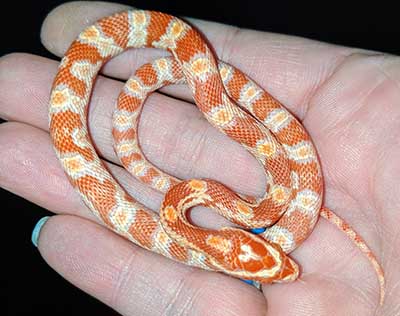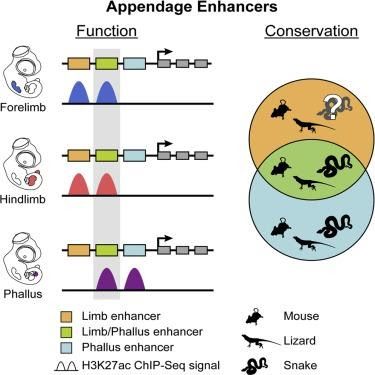
Where did snakes come from? There’s a popular story about snakes in Ireland and how they were lead away by St. Patrick. From a science perspective, snakes likely never were in Ireland to begin with. Many islands don’t have snakes. Why? Because they haven’t had time to evolve there.
The activity is adapted from Understanding Evolution; which outlines mechanisms for how snakes evolved from lizards. The concept of enhancers is addressed. Enhancers explain how regulatory genes may have been mutated so that that genes that coded for limb expression did not turn on.
The gene itself remains intact and plays a role in the development of legs and the penis. But the expression of the gene in the limbs in inactive in snakes. That’s why they don’t have legs!
The activity also discusses other anatomically features of the snake, like the penis. Snake penis?! You can add a lovely discussion here about snakes reproduce. I have a snake named Crawly in my classroom. No one knows whether Crawly is a boy or a girl. Snake sexing is complicated!

How did snakes lose their limbs?
Students learn that the Tbx4 gene is responsible for the hind limb development of chameleons and that gene is also active in ball pythons, which express tiny hind limbs. This gene is deactivated in most snakes, like the boa constrictor, which does not have tiny hind limbs.

Students also analyze how this limb enhancer might be expressed differently in different organisms and its relationship to the development of a penis. Finally, students compare the evolution of snakes to that of whales, who also lost their hind limbs during the course of evolution.
Students may also learn about limb loss in whales. Whales evolved from land animals. Over time, their pelvic bones became smaller.

